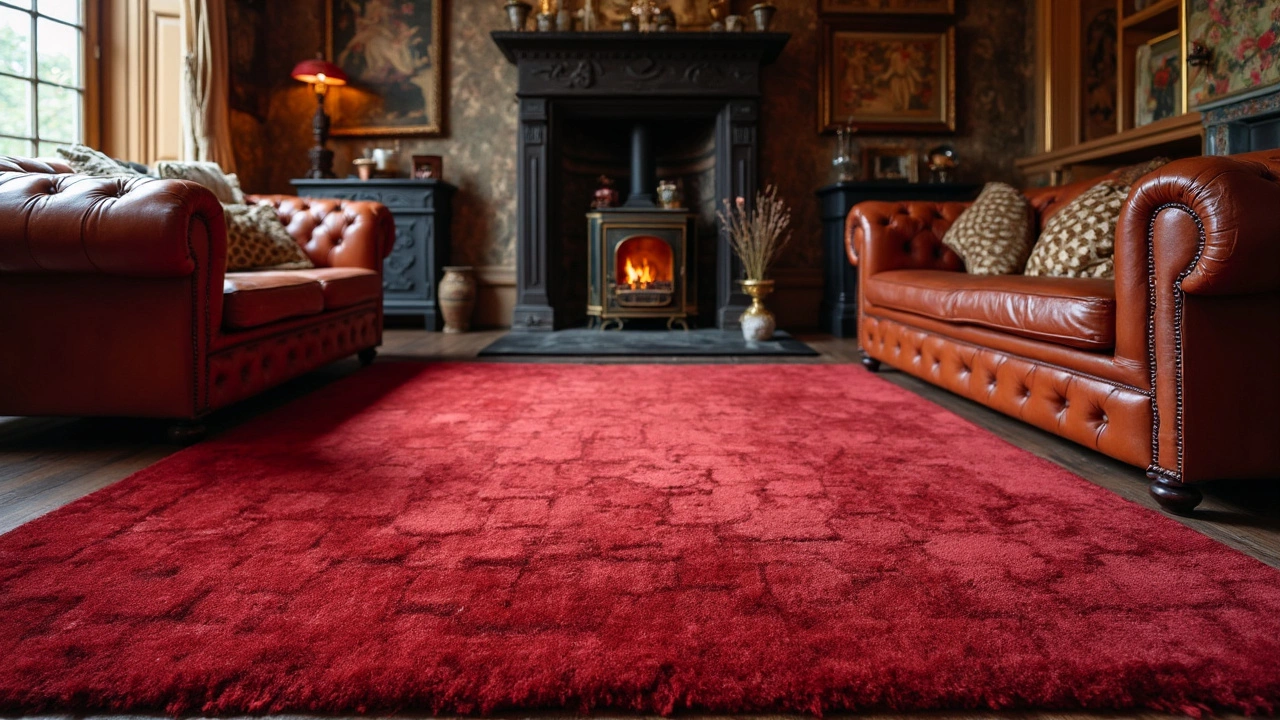Non-Flattening Rugs that Keep Their Bounce
Ever bought a rug that looked great in the store, only to see it go flat after a few weeks of foot traffic? It’s frustrating, especially when you’ve spent extra to make your home greener. The good news is there are rug options that stay plush, resist crushing, and still match Eco Harmony Home’s sustainability vibe.
Why Some Rugs Flatten (And How to Avoid Them)
Most rugs flatten because of low‑density fibers or a weak backing. Cheap synthetic blends get crushed under weight, while cheap natural fibers can lose shape when they’re too loosely spun. Look for a high‑density weave, a sturdy backing (like jute, recycled rubber, or organic cotton), and a blend that includes resilient materials such as bamboo or reclaimed wool.
Eco‑friendly doesn’t mean weak. Bamboo‑derived fibers, for example, are naturally strong and bounce back after pressure. Recycled wool blends combine the softness of wool with the durability of recycled polyester, giving you a rug that feels luxurious and holds up under daily use.
Choosing the Right Non‑Flattening Rug for Your Space
Start with traffic level. In high‑traffic zones—hallways, kitchens, living rooms—pick a rug with a thick pile (around 1/2 to 1 inch) and a dense weave. For low‑traffic rooms like bedrooms, a slightly thinner but still dense rug works fine and adds a cozy touch without overwhelming the floor.
Next, check the backing. A natural rubber or cork backing not only prevents slipping but also adds cushioning that helps the rug keep its shape. If you’re on a wood floor, a thin natural jute backing offers protection without scratching.
Color and pattern matter, too. Darker shades hide wear better, while geometric patterns can disguise minor flattening if it does happen over time. Pair your rug with neutral furnishings for a timeless look, or go bold with a pop of colour to make the floor the star of the room.
Finally, think about the rug’s lifecycle. Choose rugs made from recycled or upcycled materials, and check if the manufacturer offers a take‑back program. That way, when the rug finally reaches the end of its life, it won’t end up in landfill.
Maintaining a non‑flattening rug is easy. Vacuum regularly—use a gentle setting to avoid pulling fibers. Spot‑clean spills with a mix of water and mild soap, and rotate the rug every few months so the wear spreads evenly. For deeper cleaning, a steam‑cleaner on a low setting works well for most natural‑blend rugs.
By picking a rug with the right density, a sturdy backing, and sustainable materials, you’ll get a floor piece that stays plush, looks great, and aligns with your eco‑friendly values. Ready to upgrade? Browse Eco Harmony Home’s collection of non‑flattening rugs and give your rooms the comfort they deserve without compromising the planet.
-

Best Non-Flattening Rugs: Durable Choices for Your Home
Choosing a rug that maintains its plush texture and doesn't flatten over time can be a game changer for any room. High-quality materials and a strong weave are key factors to look for. Understanding what makes a rug durable can help in finding one that stays lush and bouncy. From wool to synthetic blends, different materials offer distinct advantages in resilience. This article explores robust options and helpful tips to ensure your rug stands the test of time.
